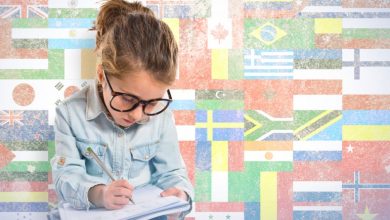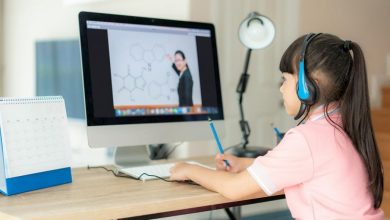Become familiar with Learning Styles

Okay prefer to find out about how your grown-up understudies learn and associate with the learning condition, regardless of whether they are on-ground or on the web? A hypothesis that tends to how grown-ups learn is on the whole called learning styles. Each grown-up has an extraordinary methodology or favored technique for realizing, which can incorporate one specific learning style or a blend of mutiple. Learning styles, or portrayals of the way that grown-ups learn, give a clarification of how they interface with their study hall condition and procedure data. This offers another point of view of the way toward realizing, which will assist you with increasing a superior comprehension of your understudies and is probably going to expand your viability as an educator and simultaneously, training will turn out to be progressively powerful. At the point when teachers gain understanding into the various ways that grown-up understudies associate with their condition they can adjust their instructional procedures to draw in understudies during the time spent learning through an assortment of methods and exercises.
There are four essential proportions of grown-up learning styles that have been created and they remind educators that a one-size-fits-all way to deal with instructing isn’t powerful. It is conceivable that grown-up understudies won’t just have an essential or unmistakable way to deal with learning, they may have a blend of at least one. These evaluations help understudies and educators distinguish components identified with the procedure of grown-up realizing, which understudies will most likely be unable to by and by recognize or comprehend. The Myers Briggs Type Indicator uses a lot of inquiries that attention on recognitions and the outcomes produce one of 16 potential character types. This estimation can relate a grown-up understudy’s character qualities to the way toward gaining from a perceptual viewpoint.
Another comparable estimation is called VARK. It depends on the faculties and is contained Visual (seeing), Aural (hearing), Read/Write, and Kinesthetic (substantial/physical). The Multiple Intelligences stock created by Dr. Howard Gardner records eight sorts of learning styles and incorporates verbal, melodic, consistent, relational, visual, intrapersonal, substantial, and naturalistic. The fourth regular hypothesis is the Kolb Learning Style Inventory, which depends on a round procedure of discovering that considers the grown-up understudy’s encounters, reflections, considerations, and subsequent activities. Kolb’s hypothesis created four learning styles that depend on different blends of these parts of the learning cycle: feeling, thinking, watching, and doing.
Information on grown-up learning styles gives the most advantage to homeroom educators. At the point when a course is created by an educational program originator their essential spotlight is commonly on the formation of learning results to satisfy accreditation rules and guidelines. Exercises are structured as a methods for helping understudies meet the normal course results. This implies the educational plan fashioner may exclude exercises that address each learning style. What frequently addresses the issues of each learning style is the methodology that a teacher takes with their talks or introductions and the techniques they actualize for help of the class. For instance, by realizing that grown-up understudies cooperate with data and procedure it in an assortment of ways, an educator can add intuitive components to their group introductions and talks. Also, educators can distinguish their very own learning style and perceive how it can affect the way that their grown-up understudies learn.
The way toward adapting regularly requires a versatile methodology by teachers and understudies. For instance, understudies that are basically visual students will probably appreciate perusing the course materials. For sound-related students, teachers may add recordings or sound clasps to upgrade the way toward learning. For understudies that lean toward a hands-on way to deal with learning it might be valuable to offer extra alternatives that permit those understudies’ should be met. The reason for including intelligent, supplemental assets and exercises, while altering educating and instructional strategies, is to make the way toward learning increasingly open to understudies of all learning styles and capacities. By offering alternatives, for example, visual, sound-related, and hands-on highlights, it gets feasible for a teacher to animate understudies’ inclinations and increment their subjective capacities, while prompting their general scholarly turn of events.






